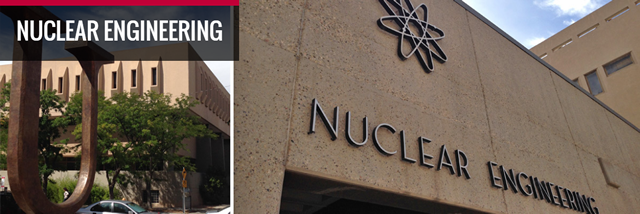
Nuclear Engineering ETDs
Publication Date
Spring 4-12-2018
Abstract
Radioembolization of liver tumors using yttrium-90 (Y-90) labeled microspheres is a proven method of treatment. The primary decay mode of Y-90 is beta-minus decay. The electrons produced during decay deliver a cytotoxic radiation dose in a localized volume. The radiation dose is sufficient to kill tumor cells yet spare the normal liver. The Y-90 microspheres are delivered via a catheter that has been placed in an artery that supplies blood to the tumor. Microspheres are injected and the blood distributes the microspheres. The current practice involves two separate procedures. The first procedure is an assessment of the vasculature of the liver and tumor. This assessment is performed with radiolabeled macro-aggregated albumin particles (Tc-99m MAA). The Tc-99m MAA is injected via a catheter placed in the same location that will be used for the delivery of Y-90 microspheres. The distribution of the Tc-99m MAA particles is imaged using a gamma camera. This data is used to predict the microsphere distribution and subsequent dose to the tumor, normal liver, lungs and other organs. The data may be used to adjust the Y-90 activity and to perform crude pre-treatment dosimetry. Accurate pre-treatment dosimetry is largely absent.
This study was performed to create a positron-emitting surrogate microsphere that was close in size and shape to the Y-90 microspheres. Positron emission tomography (PET) is superior to SPECT for activity quantification. Fluorine-18 (F-18) was chosen for initial experiments. There were two aims of the research:
Aim 1: To develop surrogate PET microsphere. This included radiolabeling, stability testing in vitro and stability testing in an animal.
Aim 2: To develop a computational technique to perform dosimetry with the surrogate microsphere. PET images of the surrogate radionuclide were imported into a Monte Carlo program. PET images were used to simulate the distribution of the Y-90 microspheres. The output of the simulation was a tomographic map of absorbed dose from the Y-90. Validation of the image-based dosimetry was performed by measuring known amounts of F-18 and Y-90 in a phantom. The measured dose within the phantom was compared to the dose predicted with the Monte Carlo simulation.
Keywords
radioembolization, hydroxyapatite, microsphere, Y-90, dosimetry, surrogate, therapy, Monte Carlo
Document Type
Dissertation
Language
English
Degree Name
Nuclear Engineering
Level of Degree
Doctoral
Department Name
Nuclear Engineering
First Committee Member (Chair)
Reed Selwyn
Second Committee Member
Joanna Fair
Third Committee Member
Adam Hecht
Fourth Committee Member
Gary Cooper
Recommended Citation
Chambers, Gregory D.. "Development of a Positron-Emitting Surrogate Microsphere for Image-Based Dosimetry in Yttrium-90 Radioembolization Therapy." (2018). https://digitalrepository.unm.edu/ne_etds/71


